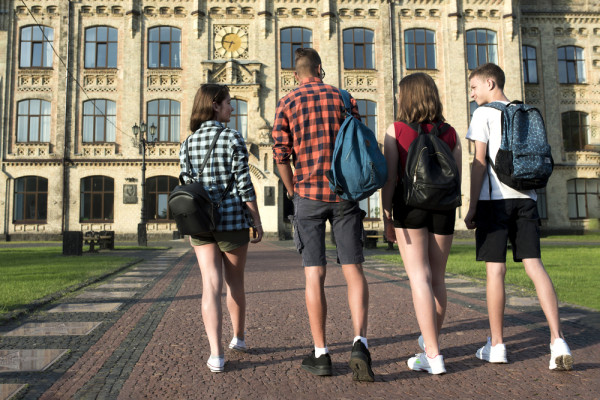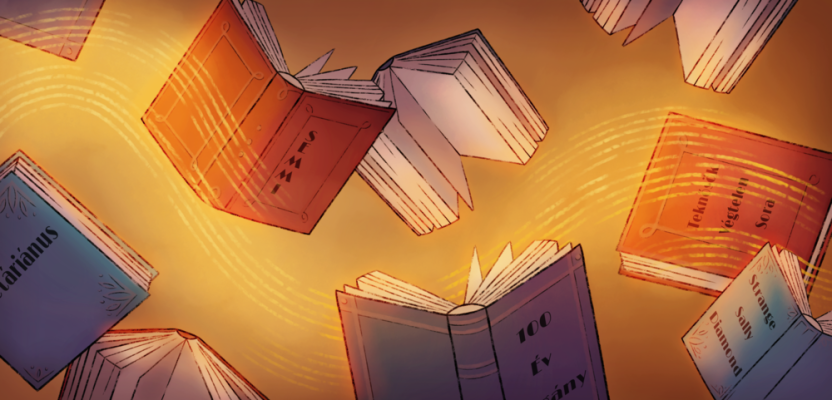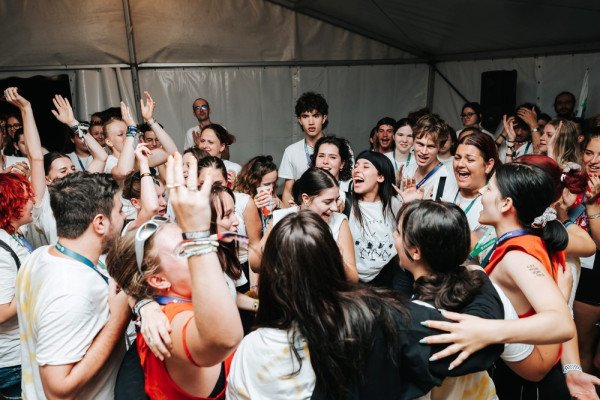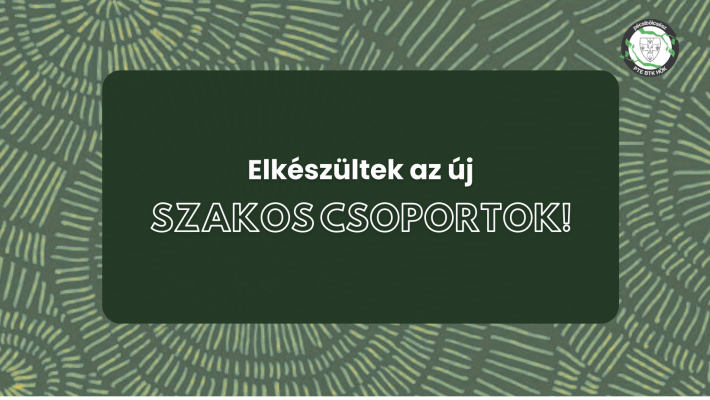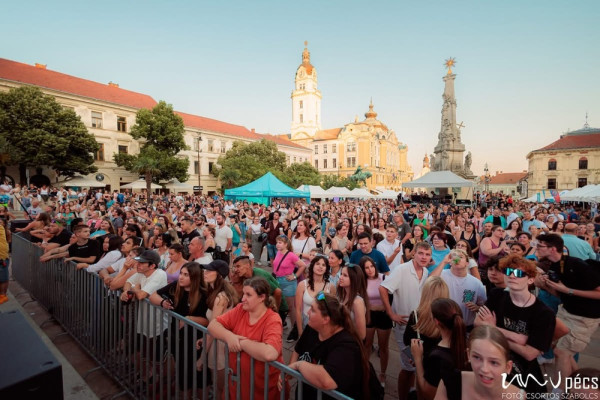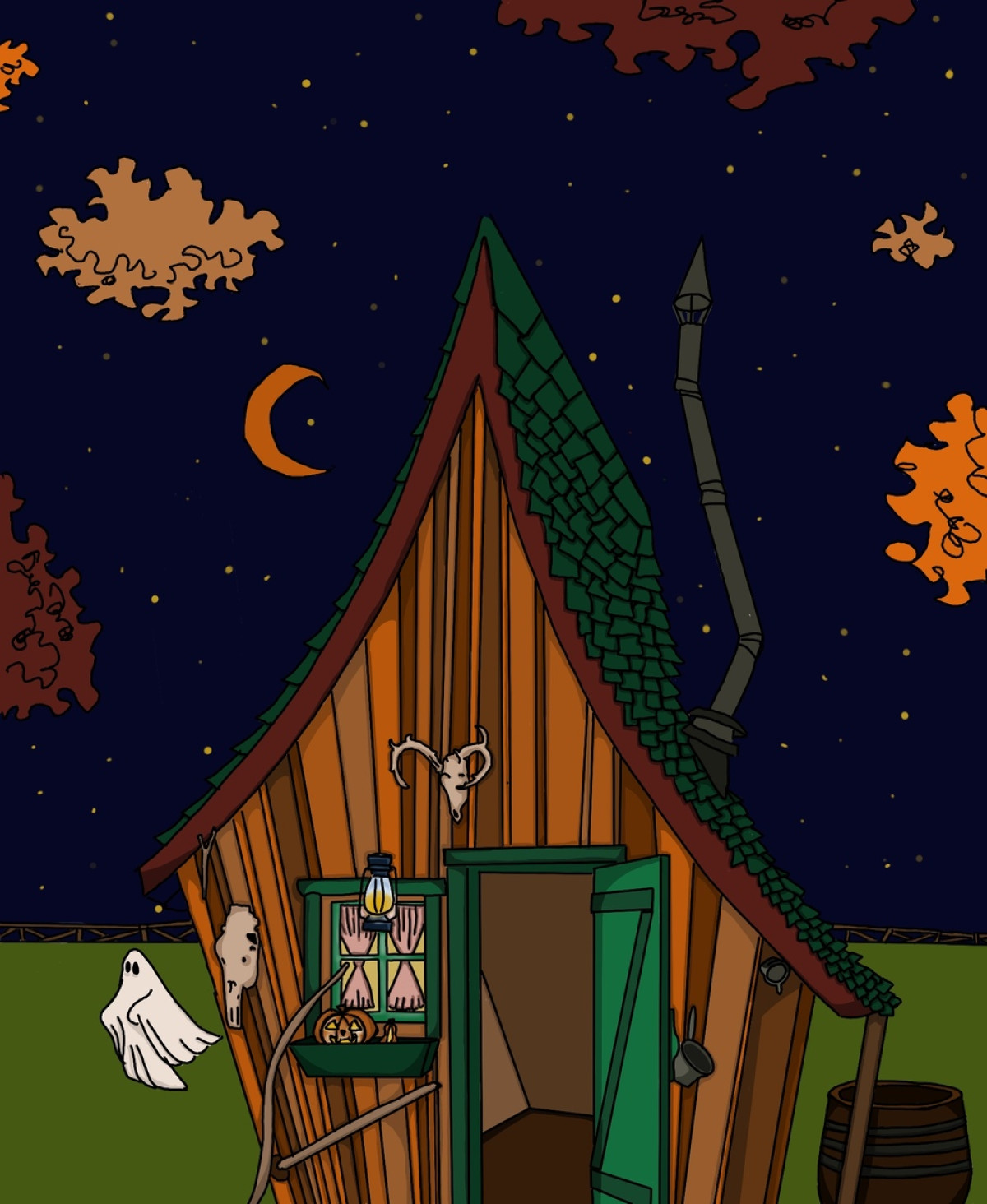
Halloween and All Saints Day all around the World
Although the cozy autumn weather has not yet arrived, the leaves are turning yellow and the days are getting shorter. Fall is undeniably rushing by. The current semester has barely started and now we’re already counting the end of October. And what does this season bring? Commemoration, spirituality, celebration. All this means something different to all of us: some remember their loved ones who passed away with a candle; some start excessive horror movie consumption; some carve pumpkins into Jack-o’-Lanterns or wander the streets in costumes. Well let’s take a closer look at the different customs, commemorations as well as their origins!
United States The USA plays with open cards, undoubtedly the tradition of ‘trick-or-treating’ rings a bell for all of us, as kids and adults alike head out to collect candies on streets illuminated by the carved-faces pumpkins. But do you know the story behind these Jack-o’-lanterns? They got their name after a boozy blacksmith who tricked the Devil. One day the Devil visited and invited Jack to drink together. Jack didn’t intend to go along, so he cunningly lured the Devil up a tree and carved a cross into the trunk. The man wouldn’t let the Devil down till he promised never to tempt his soul again. However, after Jack died he was stuck in-between Heaven and Hell. He had no place in Heaven because of his drunken and sinful lifestyle, neither in Hell as he outsmarted the Devil. Therefore, his soul was doomed to be a vagabond on Earth carrying only a carved-face-turnip. With this legend we’ve actually sailed over Irish seas. Originally this story, the tradition of turnip carving and the costume wearing, arrived to American lands by immigrants from Ireland. Later on, the Americans started to use pumpkin instead of turnips. Ireland In Irish culture the Feast of All Saints has an ancient Celtic origin. They believed 31st of October is the day when the borderline between the world of living and dead is the thinnest, thus the souls of ancestors and spirits can return to the Earth. This day marks the end of harvest season and the beginning of winter. This is commemorated during the festival of Samhain: people dress in costumes to scare the wandering souls away, light bonfires to frighten the evil spirits and welcome winter. Above all this a popular game called ‘snap-apple’ or ‘dunking for apples’ is also part of the celebration. In this game they either hang up an apple somewhere or put it in water, and the participants have to bite into this apple without using their hands. According to the old beliefs this was a fun way to foretell whether someone will have luck in love. Poland In Poland many of the traditions connected to this celebration has ancient pagan roots. The Feast of All Saints originates from times when Poland wasn’t yet a Cristian country, thus from an ancient Slavic festival called Dziady – which means ‘ancestors’ in polish. According to the believes the spirit of ancestors return to the Earth to visit their families this day. For this occasion, polish people baked special small breads named powłaki and heretyczki to nourish the souls. When the spirits made their visit on November 1st they gathered around the fireplace as it was their favorite spot, thus the breads needed to be prepared a few days in advance. Moreover, people placed food even on graves – especially bread, honey and grits – offering them to paupers and priests who were believed to have connections to the afterlife. Also bonfires were lit at crossroads to ensure a place for wandering souls where they can warm up a bit, as well as to show them the right path home. Later on, this custom changed and now people – just like here in Hungary –light candles on the graves. Peru In Peru 31st of October is not just a day to celebrate All Saints’ Day but the so-called Día de la canción criolla, which means “Creole Music Days”. The creole music itself is an essential part of the Peruvian culture which alloy African, Spanish and indigenous musical elements. It has been celebrated officially since 1944, to preserve and promote this part of their culture paying special attention to the traditional musical styles such as vals criollo, marinera and festejo. During this festival there are numerous concerts, dance competitions and festivities. Hungary Here All Saints’ Day – in Hungarian mindenszentek – is celebrated on November 1st. It is a time to honor deceased loved ones by visiting their graves, decorating them with flowers and candles, and lighting lanterns. Families often gather to remember those who have passed, sharing stories and memories. The day after, November 2nd is called All Souls’ Day – halottak napja – which focuses on praying for the souls of the departed. We could enumerate these various beautiful traditions till dawn. One thing is for sure, everyone can find what resonates most with their mood, what is closest to their heart and how they wish to spend this special evening of the year when the boundary between our world and the afterlife blurs. Illustration: Anna HorváthThis festival, beyond music and dance, is the expression of Peruvian identity and culture, that connects the community and strengthens the cultural heritage.




